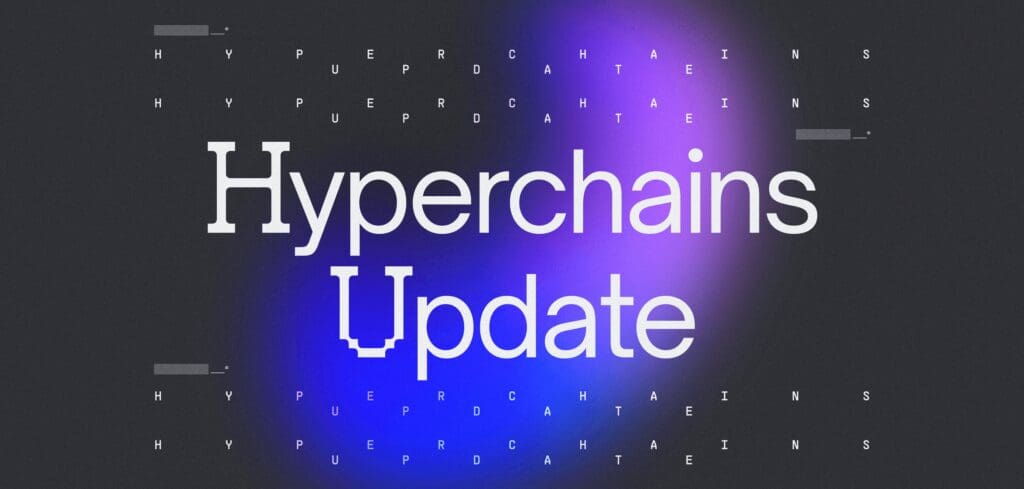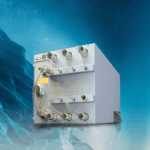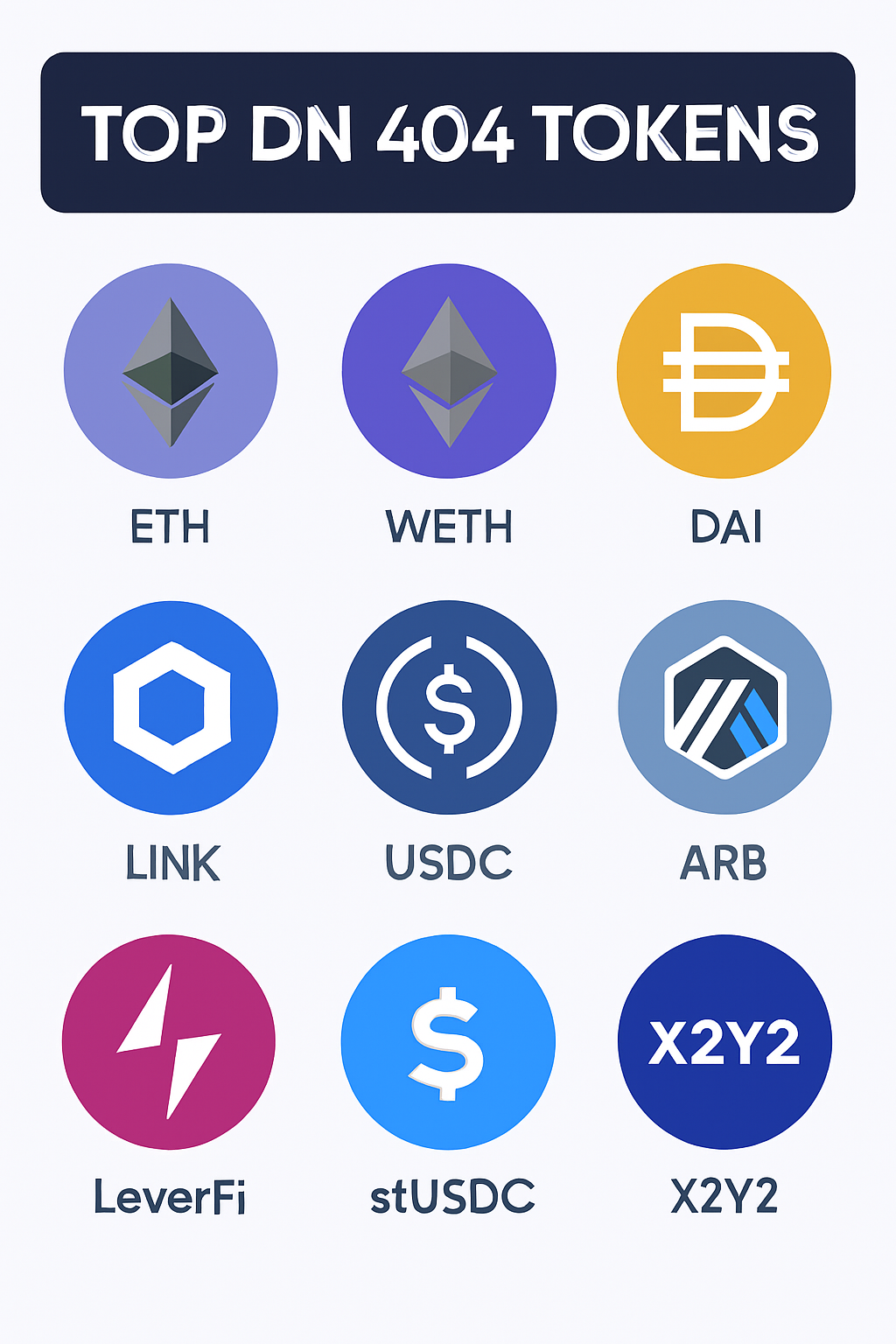In this article, I will discuss the best Layer 2 crypto networks that enhance scalability and efficiency on Ethereum.
As blockchain technology evolves, Layer 2 solutions have become vital components, providing faster transactions and lower fees.
This overview will explore notable networks like Polygon, Arbitrum, and Optimism, highlighting their unique features and contributions to the crypto ecosystem.
Key Points & Best Layer 2 Crypto Networks List
| Blockchain | Key Points |
|---|---|
| Polygon (MATIC) | – Layer 2 scaling for Ethereum – Low transaction fees – Strong dApp ecosystem and security |
| Arbitrum | – Layer 2 optimistic rollup – High throughput and lower costs for Ethereum – Decentralized governance through Arbitrum DAO |
| OP Mainnet | – Layer 2 optimistic rollup – Built by Optimism Foundation – Focus on scalability and reducing Ethereum gas fees |
| Avalanche | – High throughput Layer 1 blockchain – Subnet architecture for custom chains – Focus on low fees and environmental sustainability |
| Loopring | – Layer 2 zkRollup for Ethereum – Focus on high-speed, low-cost decentralized trading – Supports NFTs and AMMs |
| StarkNet | – Layer 2 zkRollup using STARK proofs – Scalability without compromising security – Zero-knowledge proof system |
| Eclipse | – Layer 2 for Solana and Ethereum – Focus on modular blockchain and customizable scaling solutions |
| Hyperchains | – Scalability solution for Horizen – Sidechain framework enabling fast transactions – Flexible blockchain deployment options |
| SKALE | – Elastic sidechains for Ethereum – Zero gas fees for users – Focus on speed and scalability for decentralized applications |
| Immutable zkEVM | – Layer 2 zkRollup on Ethereum – Focused on gaming NFTs – Combines zkEVM compatibility with scalability for digital assets |
10 Best Layer 2 Crypto Networks
1. Polygon
The best layer two crypto networks, with particular emphasis on Polygon. Polygon’s solutions improve the scalability of Ethereum as it provides faster, cheaper and more secure transactions.

Other layer two networks, Arbitrum, Optimism (OP Mainnet), and looping, also came into the list functional enough to scale down the corresponsive gas charges for the Ethereum-derived innovative business apps.
Key Highlights
- Polygon’s average block processing time is 2.1 seconds, much faster than Ethereum.
- A typical transaction fee of around $0.01.
- It uses sidechains to scale and avoid Ethereum congestion.
- Uses a Proof-of-Stake consensus mechanism for faster and more energy-efficient validation.
2. Arbitrum
Arbitrum explored the second-best features of Ethereum roll-ups with a specific focus on the most promising layer two networks.
Leveraging optimistic rollups, Arbitrum optimizes Ethereum for quicker and less costly transactions. It reduces network load but allows many dApps.

Polygon is on the list of top Layer 2 networks that uniquely answer the scalability problem.
Optimism and StarkNet architectures enhance various factors of scalability.
Key Highlights
- Arbitrum is arguably one of the most effective Ethereum rollups for EVM usage.
- A hybrid solution that leverages custom virtual machines and optimistic rollups.
- All works with the tools and apps of the Ethereum you are accustomed to.
- Roll-up implementations are effective and reduce costs to miniscule levels.
3. OP Mainnet
It’s time to examine multiple layers of two crypto networks centred around OP Mainnet.
OP Mainnet, built by Optimism, uses optimistic rollups to enhance the Ethereum chain by providing more comprehensive scalability features such as faster transactions and lower gas fees.

Its Ecosystem promotes and supports diverse dApps. Among other popular Layer 2 solutions are Arbitrum, Polygon, and StarkNet, which also improve Ethereum’s performance.
Key Highlights
- The OP Mainnet falls under the category of layer two optimistic rollup networks.
- It is a super chain where multifarious layer-2 networks interface through common code.
- A majority of EVM-compatible wallets support it.
- Within the OP Mainnet ecosystem, there are many tools, libraries, and resources for development.
4. Avalanche
The most notable Layer 2 crypto networks feature Avalanche.
Despite classifying itself as a Layer 1 blockchain, Avalanche is a scaling solution with low fees, high volumes, and customization options due to its subnet structure.

Transactions are also quick and environmentally friendly. Other notable Layer 2 networks include Polygon, Arbitrum, and Optimism (OP Mainnet).
Key Highlights
- The other Subnets function independently. Hence, new subnetworks can be added without issues.
- The panel addresses network congestion and other related issues by employing Subnets, which lowers transaction fees.
- Users can move funds from one chain to another without dealing with the X-Chain.
- Users are given much freedom to customize their Subnet as they wish.
- Each other subset in the network works independently; because of that, additional subnetworks can be implemented without a problem.
5. Loopring
The highest-rated layer two crypto network, which demonstrates maximum interest, is Loopring.
Loopring is a zkRollup layer-two solution for Ethereum that enables fast and cheap transactions with special attention to decentralized exchange and NFT.

It enables scalability without sacrificing the security of the Ethereum network.
Also, this sector has developed faster layer 2 networks, among which Polygon, Arbitrum, and Optimism OP Mainnets are leading.
Key Highlights
- Utilize more than two thousand TPS.
- Rests in the capitalization of the market of $LRC, a token of Loopring.
- Allows trading of multiple cryptocurrencies, ERC-20, and NFT assets.
6.StarkNet
The best Layer 2 crypto networks focus on StarkNet. StarkNet uses zkRollup technology with STARK proofs to scale within the structure of Ethereum.
It makes it possible to increase the speed and lower the cost without losing the decentralization aspect.

Key competitors include other top Layer 2 technologies, Polygon, Arbitrum, and Optimism OP Mainnet, which all improve the efficiency of Ethereum while reducing latency.
Key Highlights
- Leverage the capabilities of the Native Account Abstraction for rich and seamless user experiences.
- Employ STARK technology to maintain computational integrity.
- Developers can implement business logic using Cairo, the Starknet platform’s programming language.
7. Eclipse
The leading Layer 2 networks and the Modus 1. 3. A transformation concerning Eclipse will be made at this point.
Eclipse is a modular Layer 2 that extends support to Solana and Ethereum, offering flexible scalability and inexpensive transactions.

Performance is optimized by allowing developers to create custom blockchain ecosystems.
More prominent Layer 2 networks are Polygon, Arbitrum and Optimism (OP Mainnet).
Key Highlights
- Has an extensive support network surrounded by Celestia, RISC Zero, Solana Foundation and the like.
- Transacts more than 50,000 transactions per second (TPS).
- The platform can be customized to fit the particular requirements of the developer.
- I am adding the truncation-based fraud proofs and proofs-of-availability for increased safety.
8. Hyperchains
Layer 2 crypto networks, including Hyperchains. Hyperchains is the layer-2 solution of Horizon, which offers efficient and secure sidechains that enhance the volume of transactions processed while lowering the rates charged.

It provides various options for deploying the blockchain. Polygon, Arbitrum and Optimism (OP Mainnet) are the most successful Layer 2 solutions that expand the capacity and effectiveness of the Eth budget.
Key Highlights
- Ability to implement numerous rollups at one time.
- Interoperability with established Ethereum infrastructure and application.
- Prove the validity of operations without showing the information with zero-knowledge proofs.
- Finality is settled on the security of the Ethereum mainnet.
9. SKALE
Eth2.0 and other Layer 2 networks include Polygon, Arbitrum and Optimism (OP Mainnet), improving Ethereum’s efficiency. Let’s examine layer two, layer 2 scaling solutions while concentrating on SKALE.

SKALE delivers conceptual elastic sidechain architecture, meaning no gas for end users, and allows for speedy transactions. It provides its unique and novel multi-chain architecture to help improve the scalability of DAPPs.
Key Highlights
- All For One, Gasless TPL starts with a proposal of zero cost, which means that developers and final users will never have to pay any transaction fees.
- Keeps at least 400 transactions per second (TPS) when maintained and up to 700 TPS at peak periods.
- The 280 Million block gas limitation also allows for optimum throughput.
- This type of architecture applies some degree of security features from Layer 1 and 2 to the function of the Ethereum Layer 2.
10. Immutable zkEVM
Best Layer 2 Networks for Crypto: Immutable zkEVM. The innovation inline runs by looking at the zkRollup approach focused on the gaming & NFTs applications on top of the EVM of Ethereum.

Immutable zkEVM provides a medium that offers rapid, secure transactions but cheaply.
Other top Layer 2 networks are Polygon, Arbitrum and Optimism (OP Mainnet). All of these help Ethereum ventures and user engagement.
Key Highlights
- There is an inbuilt access to Immutable API and SDK through this stunning System webpage.
- Each transaction is secured by the protection of Ethereum using zk-proofs.
- Contracts can include other agreements done in a single atomic operation.
- It features, among others, the use of great Ethereum inventions like Solidity, RPC nodes, Hardhat, etc.
How To Choose Best Layer 2 Crypto Networks
Scalability: Examine the network’s performance under sometimes extreme levels of congestion. Look for metrics like Transaction Throughput and Transaction Speed.
Security: Analyze the security of the underlying Layer 2 solution. Ensure mechanisms like zkRollup or optimistic rollups will secure users’ funds.
Transaction Fees: Look at the gas fees charged for using the network. Since this affects user experience noticeably for many transactions simultaneously, keepingsible would be convenient.
Ec would be a convenient system, and Compatibility: Analyze the range of dApps and services on the Layer 2 network. Find out if it is possible to use the toolkit and other apps designed for Ethereum.
Developer Support: Look for the types of networks that offer active developer engagement in the development of the applications, hence making it easy to incorporate them advantageously.
User Adoption: Research on the amount of user adoption and activity that the network has. High usage means it is a kind of trustable platform.
Conclusion
Finally, Layer 2 crypto networks take Ethereum’s performance usability, security, and scalability to a different level.
Various options like Polygon, Arbitrum and Optimism bring different capabilities.
Meanwhile, more upcoming ones like StarkNet and Immutable zkEVM target specific areas like gaming and NFTs.
As the ecosystem matures, various stakeholders must consider layering for blockchain developers and users.










